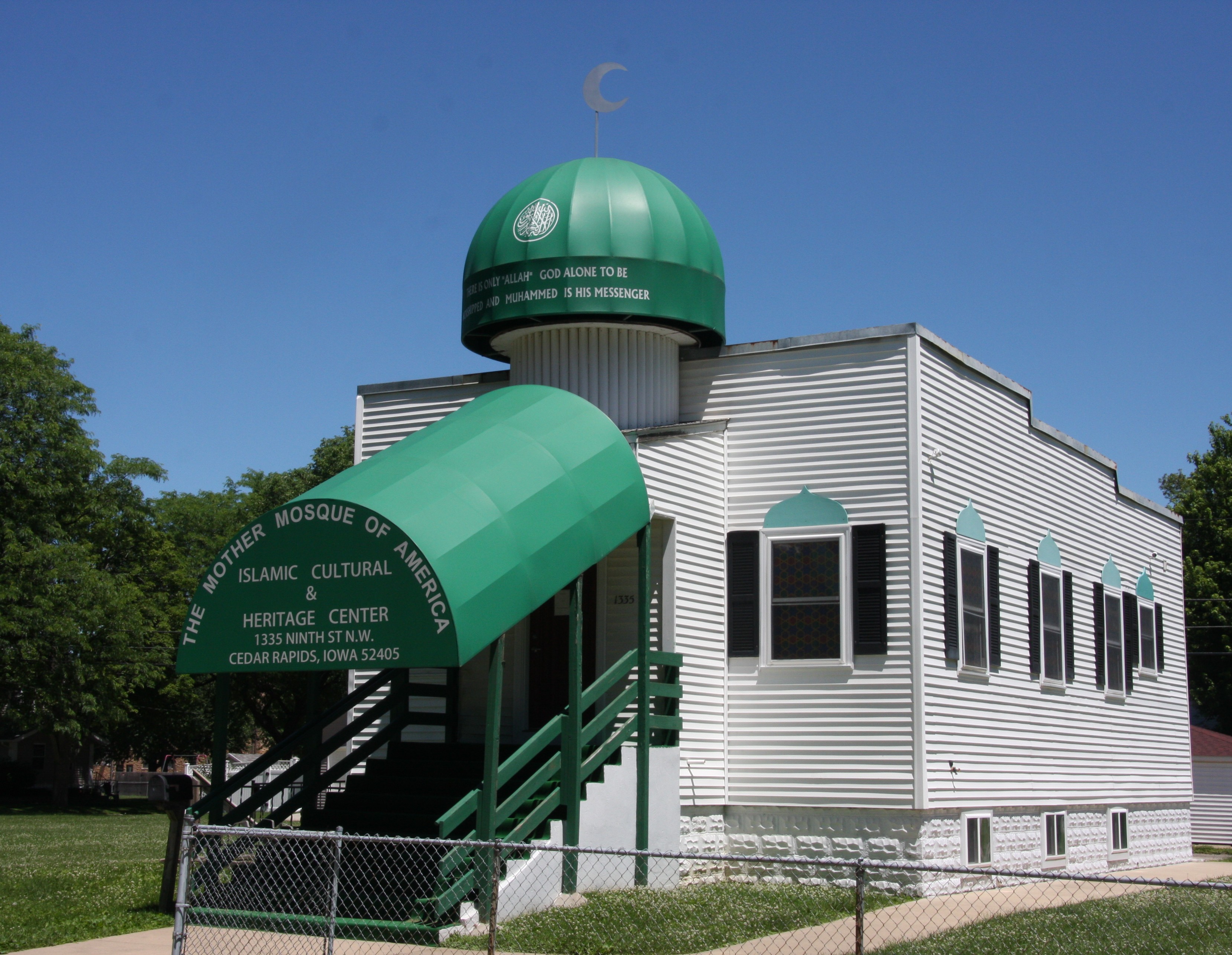
While American Islam is showing resilience among its second and third generations, African American Muslims and mosques are experiencing steep declines, writes Ihsan Bagby in the journal Muslim World (online in October). Bagby cites his 2020 U.S. Mosque Survey, where he found a majority of mosque leaders following what he calls a flexible and contextual approach to Islam that encourages involvement in American society while holding strongly to Islamic tenets. He found that only about 5 percent of mosque leaders followed a more literalist interpretation that advocates separation from society. According to his studies of mosques in 2000, 2010, and 2020, mosque growth went from 1,209 to 2,106 to 2,769 in those respective years. The average mosque attendance increased to 410 in 2020 from 292 in 2000. Immigration has been the main driver of these increases, with mosque membership still dominated by first-generation immigrants. But Bagby finds that according to Pew data, the American Muslim community is still quite young: 35 percent are aged 18 to 29 and 25 percent are 30 to 39. Among these younger generations, rates of religiosity, including mosque attendance, are similar to those for older American Muslims.

While in his survey Bagby found that a “healthy 29 percent of regular adult participants in mosques” were between 18 and 34, he cites the concern that among American Muslims young adults are becoming “unmosqued,” with some leaving the religion altogether. Indeed, standard immigration theory holds that assimilation will weaken adherence to both ethnic and faith traditions and institutions. But Bagby points to a “new paradigm” where race and religion are more closely intertwined and Muslims and other minorities retain their differences from the dominant society. “The more tension that Americans feel with the dominant society—especially younger Muslims—the greater the willingness to resist this pressure by maintaining their Islamic identity and intrinsic cultural values…The dynamics within the immigrant community have ironically led many in the second generation to accentuate their Islamic identity as opposed to their ethnic/national identity,” he writes. There is also a steady interest of younger Muslims in spirituality, with the older resistance against Sufism (Islamic mysticism) fading.
But mosques still face considerable structural constraints, such as weak membership loyalty (with worshippers attending various mosques for Friday prayer), a resulting lack of community life and low giving rates, and a shortage of trained staff. The researcher finds that the ideal of the “Prophetic Mosque” has been gaining ground among younger Muslims. This ideal mosque offers a variety of programs and upholds the principles of “welcoming diversity, engendering brotherhood/sisterhood beyond ethnic and national lines, and engaging in the relevant issues facing Muslims and American society…” There is more reason for concern about African American mosques, whose share of all mosques has declined from 27 percent in 2000 to 13 percent in 2020. These mosques are increasingly dominated by an older generation of leaders and attendees, with a lack of young participants, and only half of them are seeing increasing attendance. Growth in these mosques depends on a steady rate of conversions to Islam.
Even offering more activities, social services, political involvement, and women’s equality has not translated into greater attendance for the African American mosques. Only basic mosque activities are correlated with increased attendance: the five daily prayers, weekend schools, Islamic study classes, and youth and women groups. Welcoming young people into leadership ranks and embracing “traditional Islamic knowledge” rather than the older African American concerns of converts from the 1960s through the 1980s are also correlated with greater mosque vitality, Bagby writes. Still, there has been a renewed effort to bring African American and immigrant Muslims together, especially since the George Floyd killing and subsequent protests. Today, only four percent of all mosques in America are made up of one predominant ethnicity. The author concludes that while 78 percent of mosques have participated in some form of interfaith activity, interest in such exercises in religious pluralism are found more among mosque leaders than among laypeople.
(Muslim World, https://onlinelibrary.wiley.com/journal/14781913)